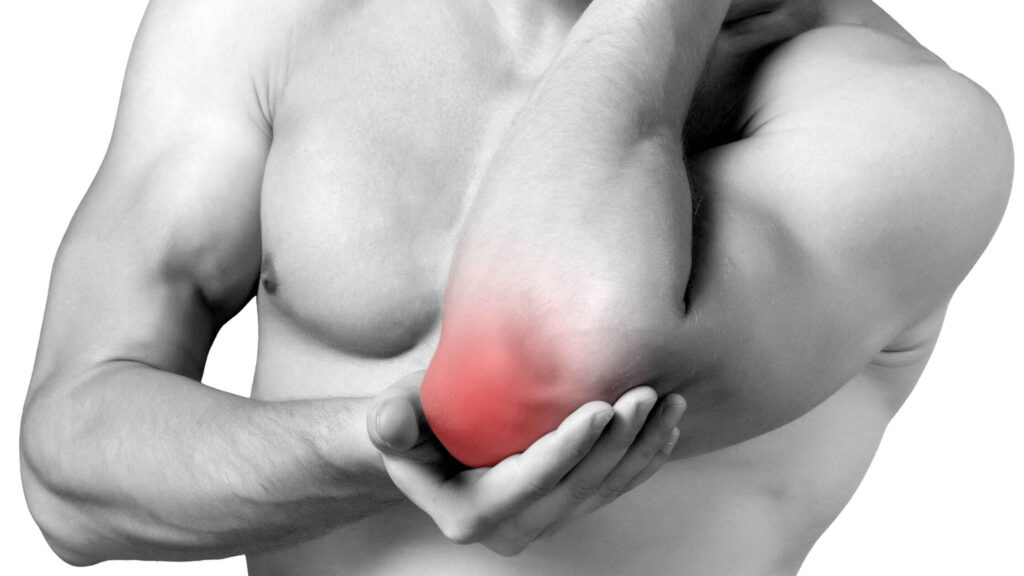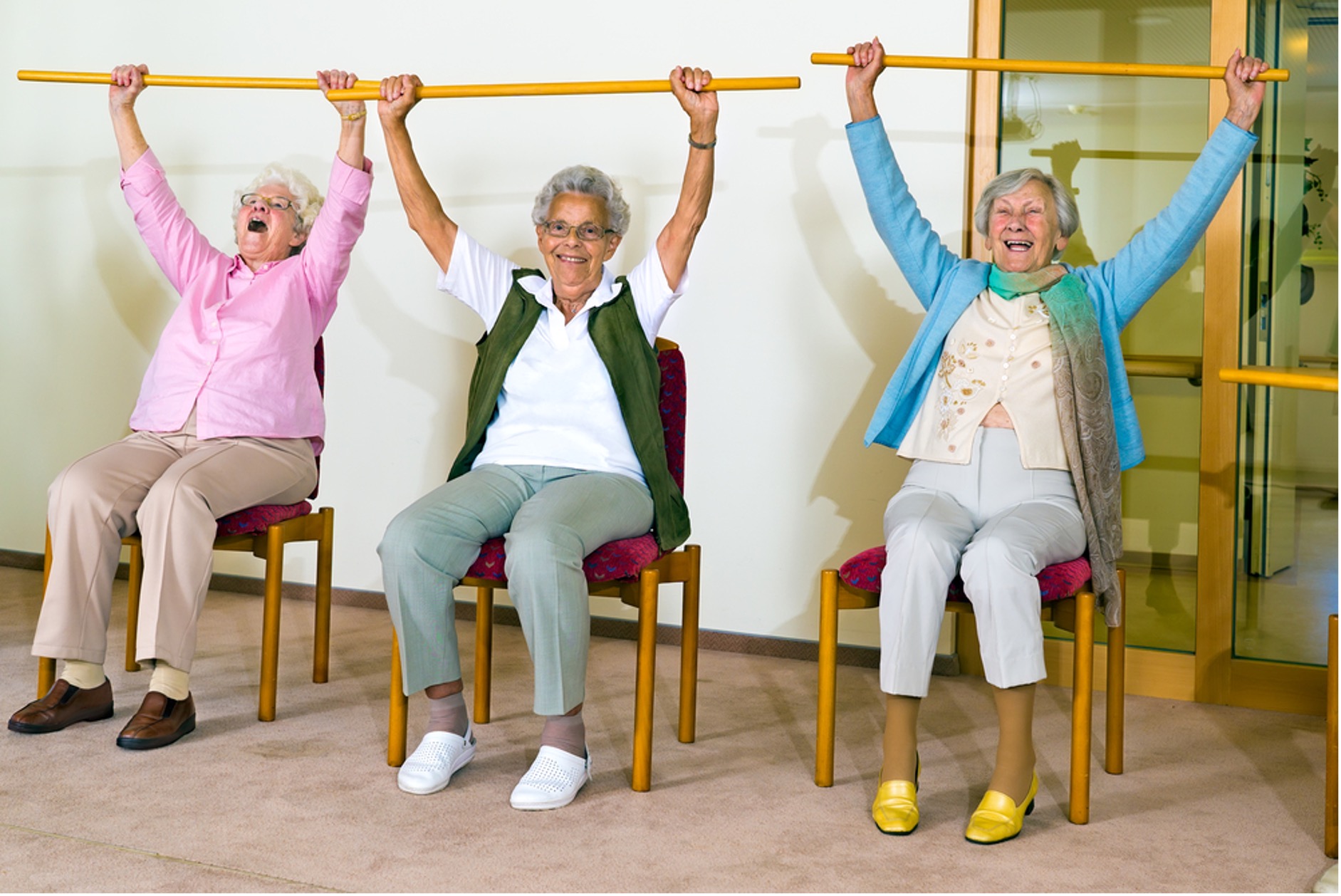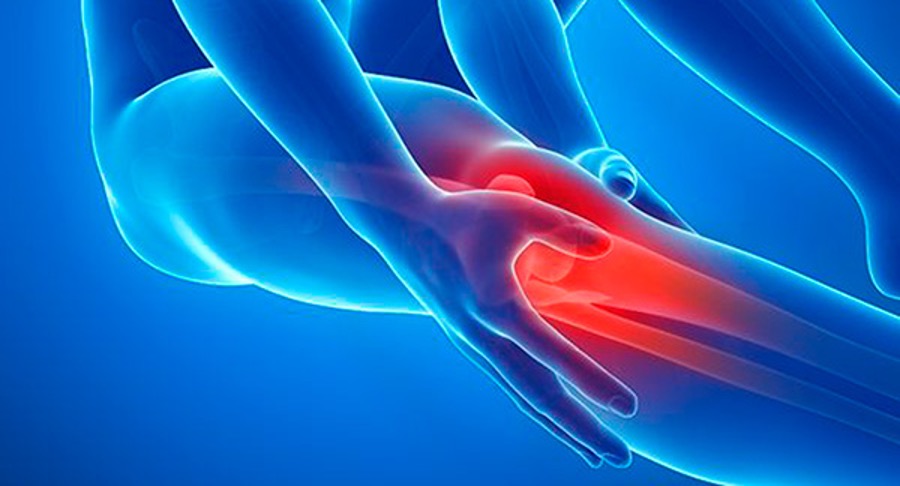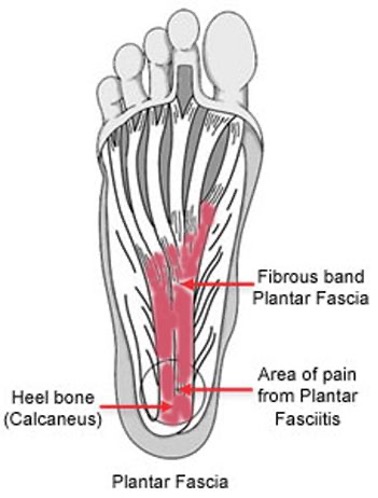Tennis elbow and golfer’s elbow. Two causes of elbow pain that are associated with sports, even though you don’t ever need to play either sport to experience one of these conditions. Both involve inflammation of the tendons that attach to the elbow, and are caused by repetitive motion of the arms and wrist. But what are the differences between them, and how can you tell which, if either, you have?
Below we have shared the main attributes, symptoms, causes and treatments for each elbow condition, as well as what you can do to help prevent both.
What is tennis elbow and golfer’s elbow?
The most noticeable difference between the two conditions is the area of the elbow that they affect.
Tennis elbow causes pain in the outside of the elbow and forearm. This is due to strain to the extensor carpi radialis brevis and extensor digitorum tendons of the forearm, which extend and stabilise the wrist.
Golfer’s elbow on the other hand, will cause pain on the inside of the elbow and forearm as the inside tendons of the forearm (which flex your wrist and contract your fingers when you grip something) have been overused.
Tennis elbow is most common in people aged 30-50, whereas golfer’s elbow predominantly affects people over the age of 40.
Symptoms
Both conditions will cause pain in your elbow that usually radiates down your forearm. In tennis elbow, this pain will begin on the outside of your elbow, whereas in golfer’s elbow you will feel the pain on the inside of your elbow and arm.
There are a few other signs and symptoms which are common in each condition:
- Pain when you reach for, grasp or lift something
- Weakness in your forearm or a weak grip
- A dull ache when resting
Causes
Both elbow conditions are caused by repetitive movements which overuse certain muscles and tendons. ‘Overuse’ is considered to be high-level activity of 30 minutes or more, performed three or more times per week. However, the movements that cause each condition are different.
Tennis elbow can be caused by impact motions, such as hitting a ball with a tennis racket (or badminton racket or baseball bat) and throwing motions (javelin and discus throwers are prone to the condition). Repetitive lifting or turning of the wrist can also lead to tennis elbow, making plumbers, painters, builders and hairdressers particularly susceptible. Regular typing can have the same effect.
Golfer’s elbow is predominantly brought on by repeated lifting movements, especially where the elbow is extended and the palm is face down. Gardening, digging, assembly line work and throwing a ball are common causes, and if you are lifting weights with a poor technique then you are more at risk of this condition.
Treatments
The good news is that both tennis elbow and golfer’s elbow are very treatable.
There are a few things that you can do at home to reduce the pain:
- Rest your arm
- Apply ice to reduce the inflammation
- Take anti-inflammatory painkillers, such as ibuprofen (always check with your doctor first)
However, both conditions can take weeks or even months to recover from, and can worsen if not treated effectively.
Your best course of action is to see a physiotherapist, who can help you with exercises to stretch and strengthen the forearm muscles and reduce strain on the inflamed tendons. Your physio will also advise you of how you can adjust your arm movements in future to avoid this happening again.
Prevention
Although we’re more than happy to help you with your elbow pain, we’d ideally like you not to experience it in the first place.
Here are a few steps you can take to prevent tennis and golfer’s elbow:
- Regular stretching and strengthening exercises for the muscles of your forearm
- If your job involves the kinds of movements discussed above, talk to your manager about safety precautions that can be put in place
- Take regular breaks from any repetitive arm motions and stretch your muscles
- If you are performing regular sports activities, make sure your technique is correct and seek professional coaching or advice to improve your movements and check that your equipment is appropriate for your needs
Both these conditions can sometimes be confused with Arthritis, our article on how physiotherapy can help with Arthritis is a handy reference to help you understand the differences.
If you are experiencing pain in your elbow, do not leave it until further damage has occurred. Get in touch with us straight away by calling (08) 9203 7771 or send us an email at info@ngp.net.au and we can start your road to recovery.




